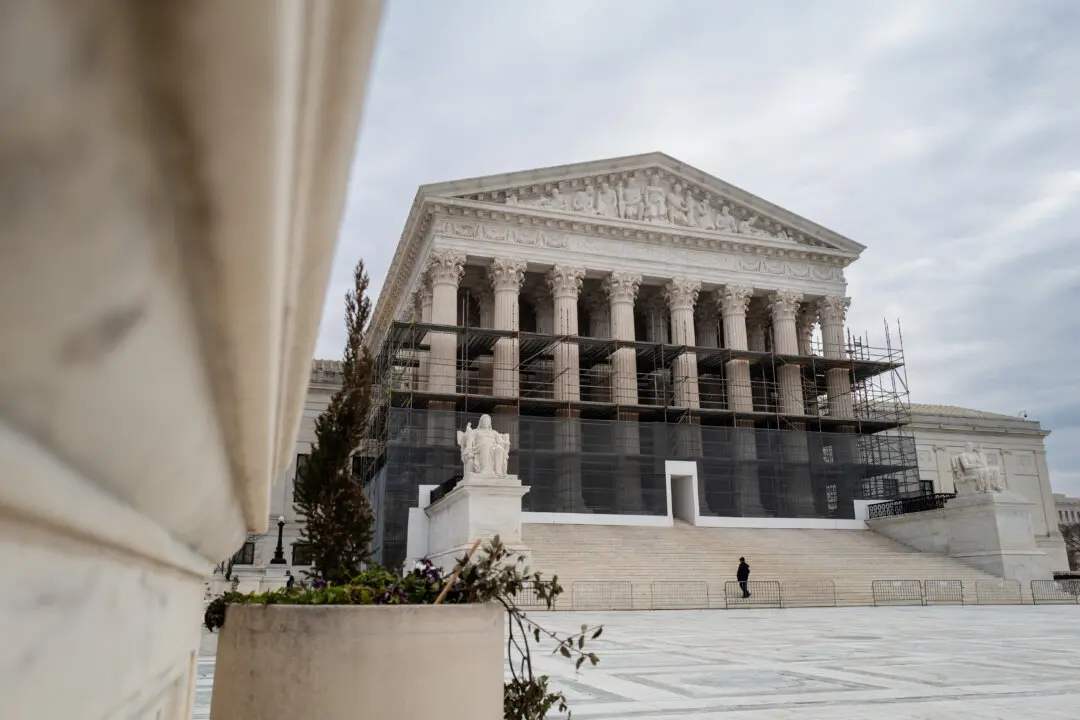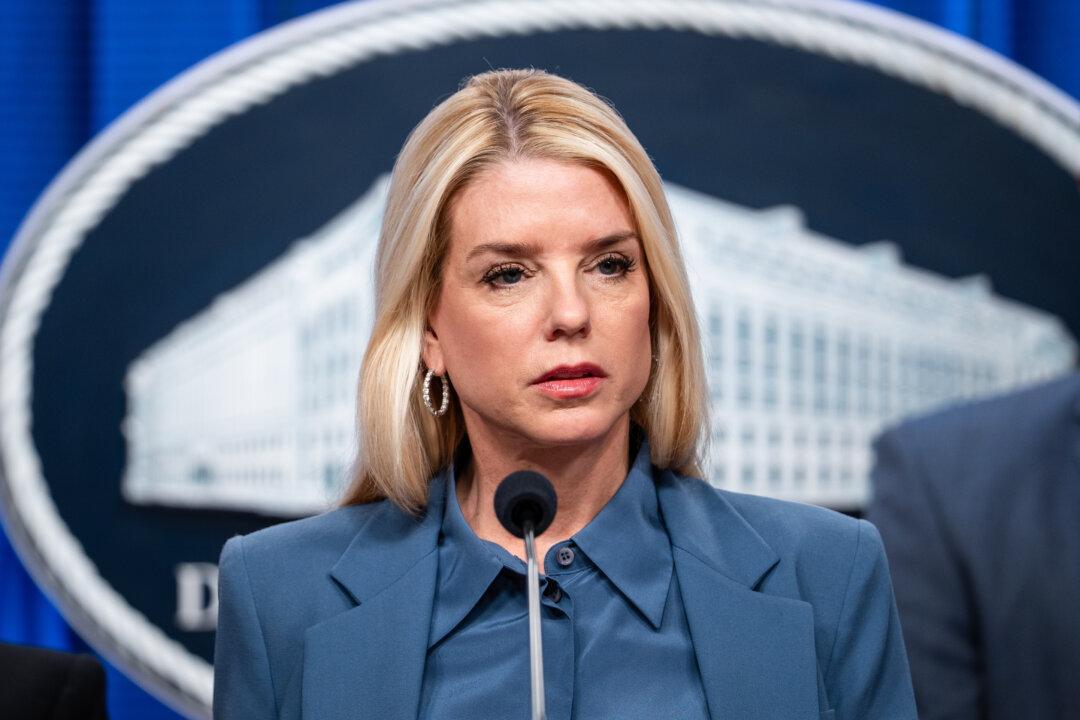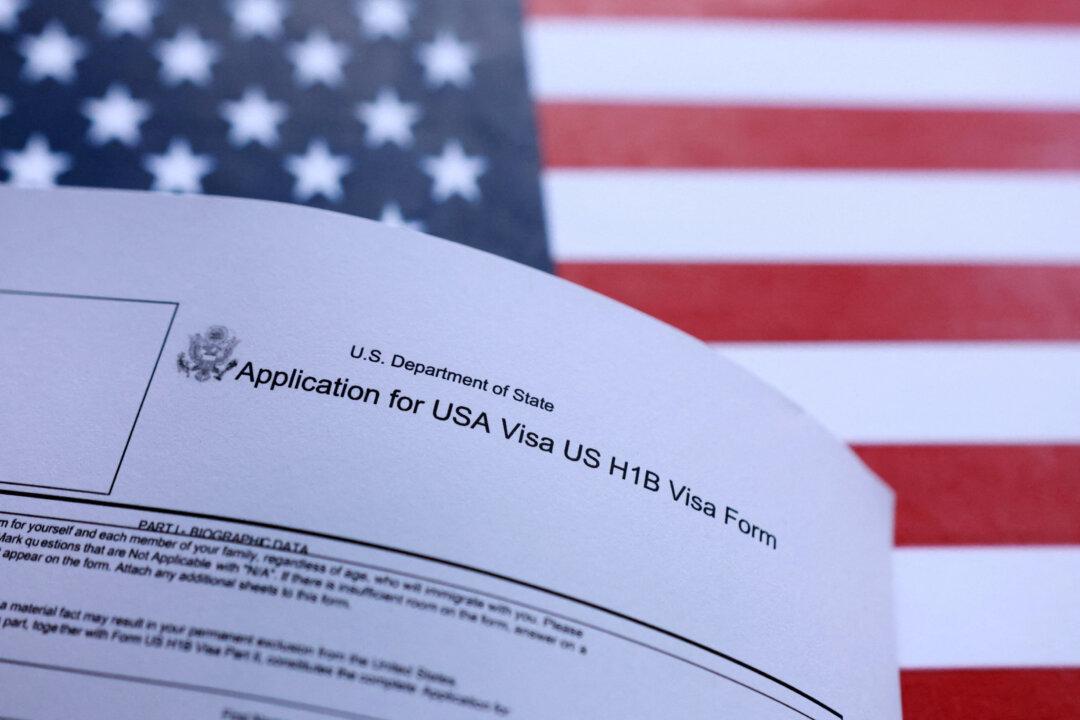Secretary of the Interior David Bernhardt said Aug. 12 the Trump administration is moving forward with a business-friendly regulatory overhaul of the Endangered Species Act (ESA) that officials say “without compromising conservation” will ease some of the burdens landowners and businesses face when operating in areas affected by the almost 46-year-old federal law.
A Supreme Court ruled last year that the federal government overreached when it limited the development of private land in Louisiana to help save a rare frog that doesn’t actually live there. This appears to have set in motion the newly unveiled regulatory changes affecting how the Endangered Species Act will be administered.





